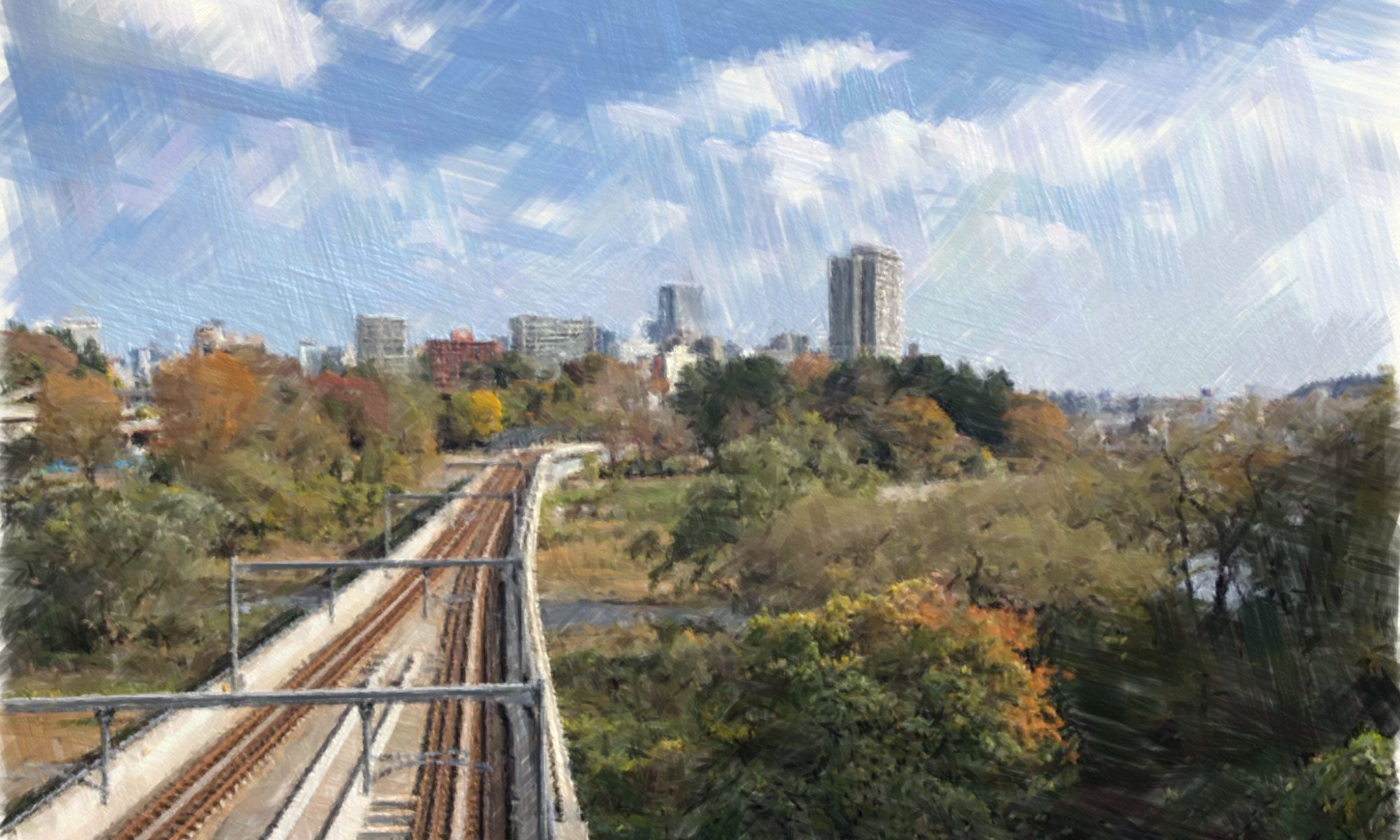This new health atlas of Japan was published in October, 2019. It contains a series of small-area based cartogram of health outcomes, mainly cause-specific mortality, in Japan with a variety of summary graphs of geographic health inequality measures, such as slope index of inequality (SII) and relative index of inequality (RII) during the period from 1995 to 2014. These contents highlight geographical aspects of social gradients in health by comparing mortality maps with distribution of area deprivation index during the recent long-lasting economic stagnation period of Japan known as the lost decades. This book also contains a variety of background explanations about the geography in Japan during the study period, including social areas in metropolitan regions and the Great East Japan Earthquake (GEJE) with huge Tsunami in 2011. The cover image is the prismic cartogram of standard mortality ratio of all-cause deaths for men during 2010-2014. This image shows a large amount of deaths in the coastal areas in the northern part of Japan as red coloured hills. This was caused by the Tsunami up to about 20m height in 2011. The image also highlights a large morality gaps within metropolitan regions reflecting socio-economic residential segregation. How should we tackle with the socio-geoggraphical inequalities of health for coming-ages?

GIScience, Health Geography, Spatial Epidemiology, Crime Analysis
